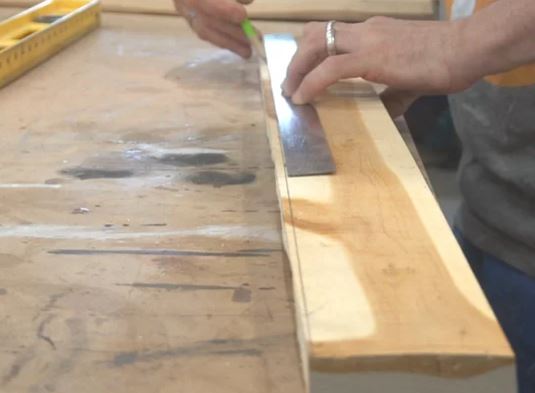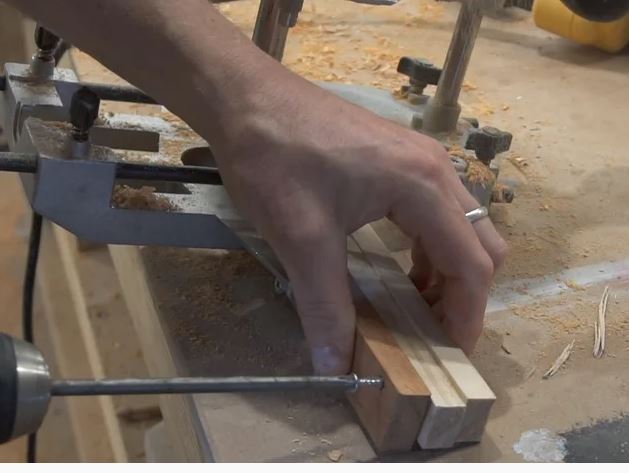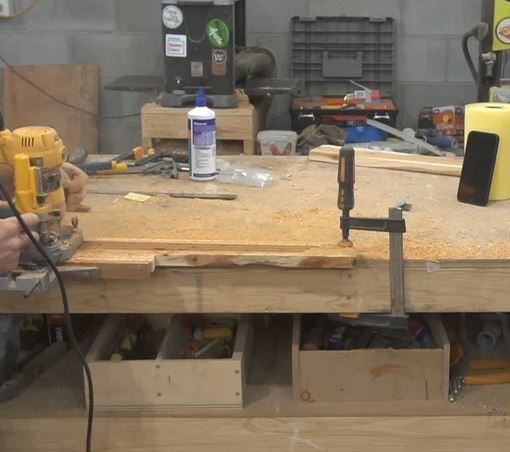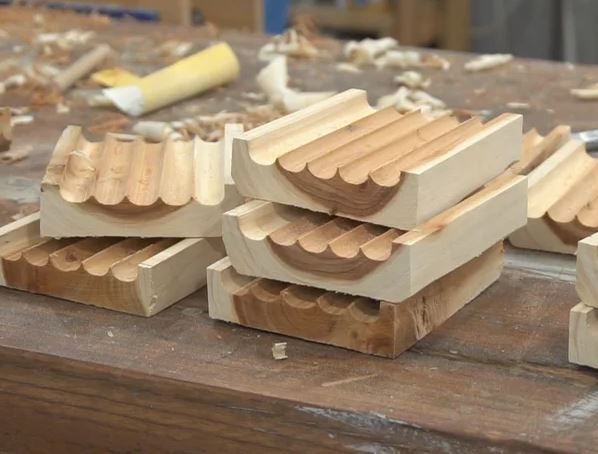How to Make a Wood Soap Dish Using a Router

Note: All projects performed following instructions found on this site are done at your own risk. Learn more
This is a simple project requiring only a handful of tools and a router.
Step 1: Cut Your Stock to Size


The idea with this project is to batch out a number of soap dishes at one time. The routing step is the longest part of this, so being able to do multiple dishes in one motion will speed the project along.
I used some cypress pine boards that needed some milling, and I was able to get 5 or 6 dishes out of each one.
I cut the boards to 80mm wide and around 22mm thick.
Step 2: Add a Wood Router Fence





Note: As an Amazon Associate, I earn from qualifying purchases.
Next we need to add a wood router fence to the router. This wood needs to be as flat and straight as possible so I used some good quality hardwood.
Most router fences have some way of attaching to it.
In the case of my Dewalt router it has plastic guards on the fence, these are screwed into the cast aluminum fence body.
Using these holes (with some screws that slipped past the existing threads) I was able to screw through fence into the hardwood.
I also added 2 screw holes on each end of the hardwood so I could add more strips of timber to it.
Note: As an Amazon Associate, I earn from qualifying purchases.
Step 3: Route the Channels








Now clamp the board to a work bench and start with the center channel. Line the fence of the router bit up with the center of the board (or as close to it as possible) and make a pass to the required depth.
Once you've set the fence don't change it, it'll stay in this position for the rest of the project.
I used a curved bottom bit to make a rounded channel, but you could get creative with this part. Another good option would be a V bit which would create sharper lines. It comes down to preference.
Once you've done one past to the require depth (in my case half the depth of the board) then flip the board around horizontally and redo the cut. This will make sure that the channel is centered, in case the router wasn't exactly lined up correctly.
No add a strip of timber to the inside of the fence. This timber should be around the same width as the router bit, in my case it was a couple millimeters less. Screw through the back of the hardwood fence and make sure the screw doesn't come out the other end.
Now repeat the same procedure as earlier, running the router down the board, flipping it around and doing the same on the other side. After that add another strip of timber, the same size as the first.
Using this repeatable method you can cut channels the same distance apart without adjusting the fence. This means you'll end up with a much more consistent cut.
Step 4: Shape, Sand and Finish








After all the routing (and lots and lots of dust) you can cut the dishes to length. In my case I cut them at 100mm. I also used a hand plane to lower the inside fins, to stop the soap sliding off to the side.
Using a belt sander I shaped the edges and smoothed any rough surfaces, and a dowel with sand paper wrapped around allowed me to sand the channels.
I added some oil as a finish.
